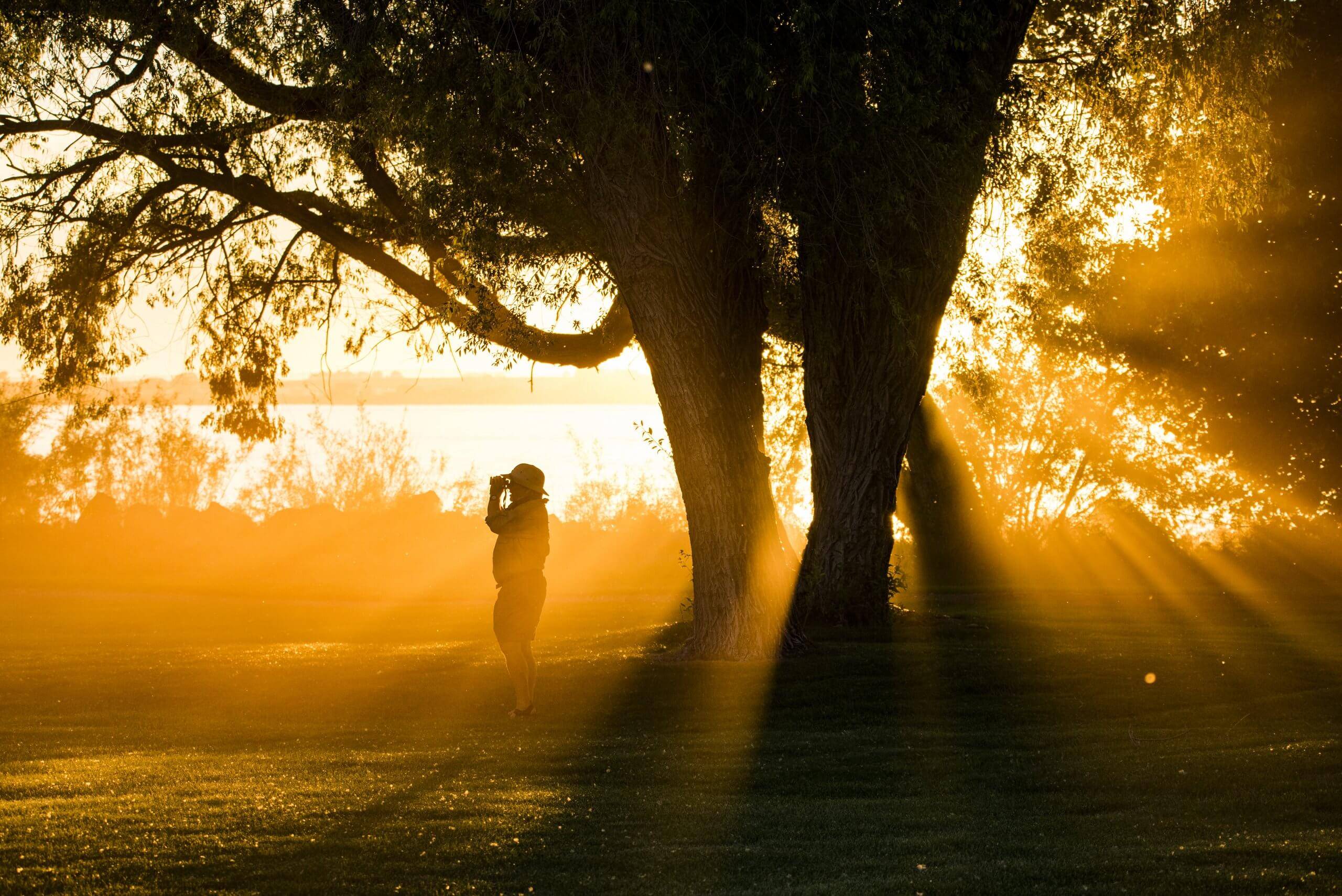Kristen Pope worked in partnership with Visit Idaho to create this Travel Tip.
With bald eagles soaring overhead, osprey snagging fish from rivers, hummingbirds hovering near flowers and sandhill cranes migrating through each year, southeast Idaho is prime territory for birders. In fact, the entire state of Idaho is packed with great places to see birds along the Idaho Birding Trail, which is divided into four regions. The southeastern region alone features 56 birding sites.
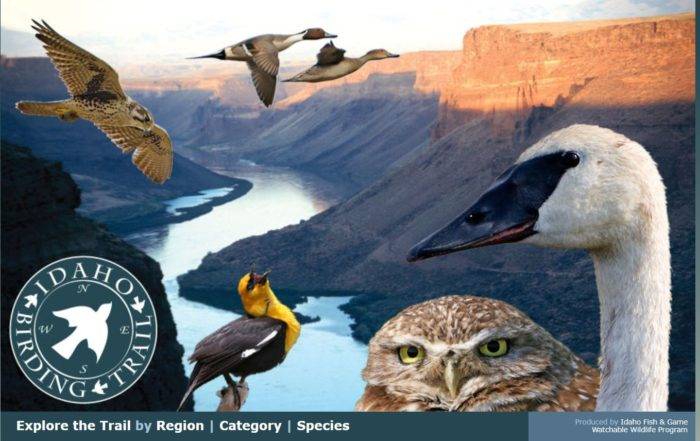
Specially Designated Birding Sites
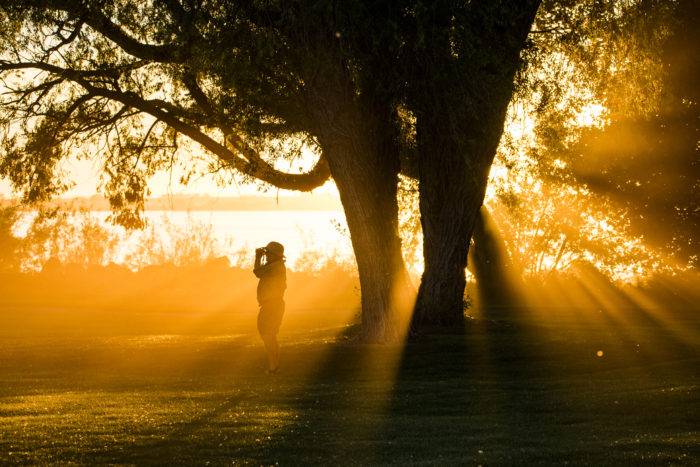
A number of birding sites and routes throughout the state have received special designations, one of which is Important Bird Areas. These are essential for bird conservation because they contain habitats that are critical for migration, nesting or wintering. Many of southeastern Idaho’s birding sites have received this important designation.
A couple dozen sites throughout the state have also earned the Idaho Birding Trail Blue Ribbon, meaning they are considered the “best of the best” locations for birding. Southeastern Idaho contains several of these special Blue Ribbon sites, including Bear Lake National Wildlife Refuge, Harriman State Park, Minidoka National Wildlife Refuge/Lake Walcott State Park and the Springfield Bottoms.
Additionally, several destinations in Idaho are classified as “listening sites”—places where people can enjoy birdsongs away from noise pollution. These spots are great for people with visual impairments and anyone who enjoys getting immersed in the sounds of nature. These sites are selected for their quiet environments as well as their diversity and high concentration of species. Southeastern Idaho’s designated listening sites include Harriman State Park, Minidoka National Wildlife Refuge/Lake Walcott State Park, Massacre Rocks State Park and the Mink Creek Subloop.
Where to Go Birding in Southeastern Idaho on the Idaho Birding Trail
Eager to embark on a birding adventure of your own? Pack your binoculars, spotting scopes and zoom lenses and get ready to discover unique avian species along the Idaho Birding Trail in the southeastern region.
Bear Lake National Wildlife Refuge
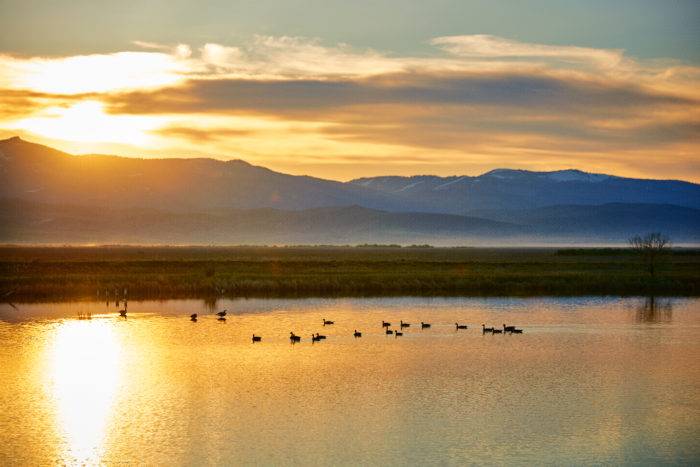
Located near Montpelier, the 18,000-acre Bear Lake National Wildlife Refuge is home to a wide array of birds. The refuge was established in 1968 with the purpose of providing a habitat for waterfowl, migratory species and other birds. Around 90% of the site consists of wetlands, including marshes, lakes and ponds. Visitors can observe a variety of birds here—from raptors and shorebirds to waterbirds and upland birds. Keep an eye out for snowy and cattle egrets, golden eagles, peregrine and prairie falcons, cliff and bank swallows, white-faced ibis and many others.
Curlew National Grassland
Situated near Malad City, Curlew National Grassland provides a rich habitat for a large number of species. More than half of the area is covered in sagebrush and scrubland, while more than a third is dedicated to agricultural land. While you’re here, plan to stop by Sweeten Pond to see shorebirds, waterfowl and ferruginous hawks.
During the spring, one of the prime attractions at this 47,000-acre grassland is observing the mating dances of sharptail and sage grouse. In summer, scan the terrain for sage thrashers and vesper sparrows. Fall welcomes migrating Canada and snow geese, and many species come to spend the winter, including song sparrows, killdeer and marsh wrens.
Harriman State Park

Less than 15 minutes away from Island Park, Harriman State Park follows the Henry’s Fork of the Snake River and provides diverse habitats on its 4,700 acres, including lodgepole pine forests, lakes, marshes and meadows. Winter is the best season to see large numbers of trumpeter swans, while summer and fall are key times for American white pelicans and double-crested cormorants. In spring, Silver Lake is a good place to spot common loons.
Massacre Rocks State Park
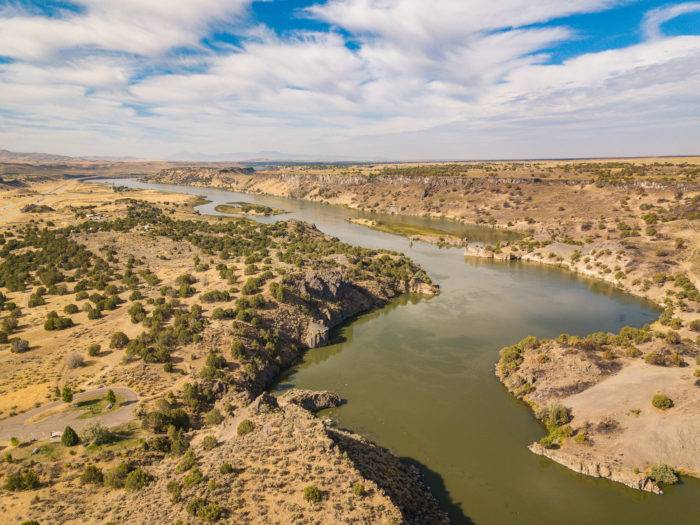
Perched between Interstate 86 and the Snake River near American Falls, the 990-acre Massacre Rocks State Park is a must-visit for birdwatchers. Peer among the cinder cones, pinyon-juniper and mountain mahogany to watch for black-capped chickadees, red-tailed hawks, Pacific loons and juniper titmice. Make plans to visit during the spring and fall, as those are the best seasons for birding here.
Minidoka National Wildlife Refuge/Lake Walcott State Park
Coming in at 20,699 acres, Minidoka National Wildlife Refuge includes Lake Walcott and 25 miles of land along the Snake River. The big draw for this destination and adjacent Lake Walcott State Park is the large population of nesting American white pelicans each spring. During the rest of the year, watch for tundra and trumpeter swans, Swainson’s hawks, long-billed curlews and other species.
Teton River Subloop
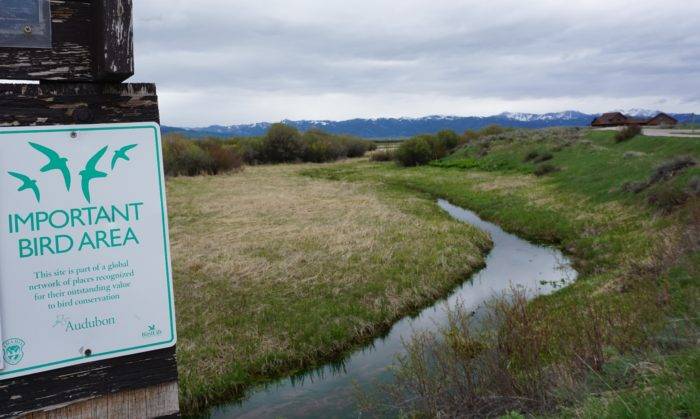
The Teton River Subloop, near the towns of Driggs and Victor, explores the backroads as it ventures down to Teton Creek. While you’re here, keep an eye out for great blue herons, osprey, American kestrels, bald eagles, belted kingfishers, calliope hummingbirds and trumpeter swans. Plan a trip out during mid-September to view sandhill cranes by the river.
The Springfield Bottoms
Poised in the northeastern corner of the American Falls Reservoir, The Springfield Bottoms presents the opportunity to spy anything from tundra and trumpeter swans to cattle egrets and marbled godwits. Spring is prime time for waterfowl migration (peaking in March), while fall is a great time for shorebirds.
More Resources for Idaho Birding Sites
Find additional information about birding in the region by checking out the Snake River Audubon Society of Eastern Idaho website. Learn more about the raptors that call Idaho home with this illustrated guide to Idaho’s birds of prey.
Feature image credit to Visit Idaho.
Kristen Pope is a freelance writer and editor who writes about outdoor adventure, science, conservation, and travel for NationalGeographic.com, Backpacker, Audubon.com, Western Confluence and Discover, just to name a few. Visit her at www.kepope.com.
Updated on April 11, 2023
Published on April 21, 2020

